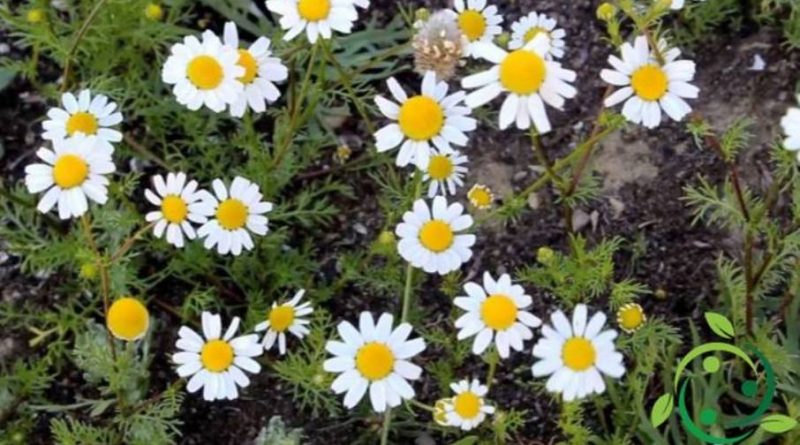How to grow chamomile in a biological way
How to grow chamomile in a biological way
To grow chamomile (Matricaria chamomilla L.) you should know that this plant prefers very well exposed to the sun and protected from winds. It grows in soils with pH between 7 and 8, even on calcareous and moderately saline soils, provided they are not too dry but at the same time without any stagnation. Excessive water and humidity are contrary to a good flowering of the plant. It also prefers temperate climates, with mild winters.
For the propagation of the common chamomile it is possible to sow in the open field; the quantities of seed can range from 4 to 7 Kg of seed per hectare of land. The sowing time of chamomile can be carried out in a very long period of time. Depending on the climate its sowing can go from July to February and the seeds only germinate when a certain soil moisture has been reached.
So if you sow during the summer you will have to irrigate. Due to the nature of the seeds these do not have burial needs, for this reason the seedbed must be carefully prepared with a finishing process and then rolled with a light roller. For income crops (and on larger estates) it is best to sow before the beginning of spring in order to allow the start of the biological cycle when the climatic conditions begin to mitigate and to fully exploit the natural water availability. For small crops irrigation can be done taking care not to wet the flowers.
Concerning fertilization can be safely overlooked; the only precaution is to operate the seeding procedure before sowing to avoid excessive growth of weeds that would compete with the plant.
The flowering of the plant takes place, depending on the season, starting from the month of May and for a good period of time along the summer period. The plant is used for flowers that are harvested at the beginning of flowering, when the flower heads are not yet well hatched and are still a beautiful white color. It is advisable to carry out the harvest on dry days and (possibly at dusk) when the plants are dry and free from dew so as not to compromise the subsequent drying.
If you have to use the product for distillation to obtain essential oils, you use the fresh or freshly dried product and generally collect the whole plant (leaves, stems, flowers) as in the industrial process there are no machines able to collect only the flower heads (the weight of the flower heads is 1/4 of the entire plant). In view of the fact that the blooming of camomile is never contemporary, more collections should be done during the flowering season. However, the flower heads should be dried quickly in a dry, dark and ventilated place to avoid the formation of molds and the blackening of the plant with consequent loss of its characteristics. The conservation must be carried out in glass containers protected from light with a use to be done within the year.
The chamomile plant does not present particular problems, it is in fact a very rustic plant.

